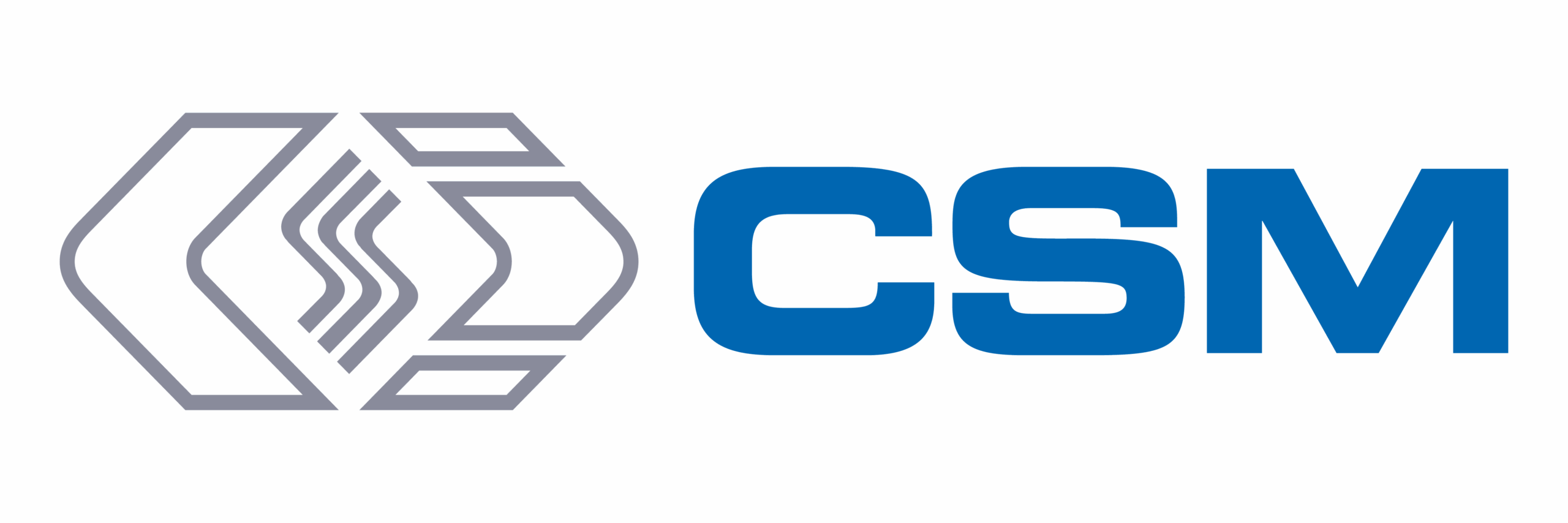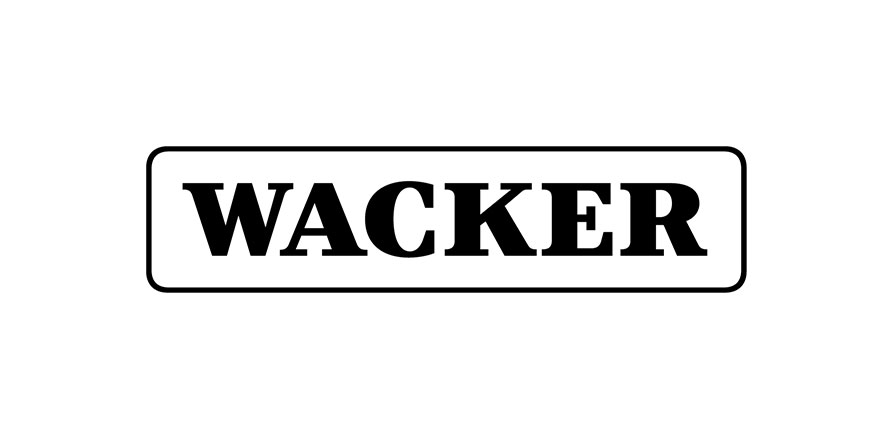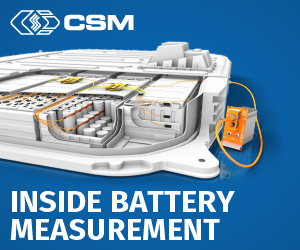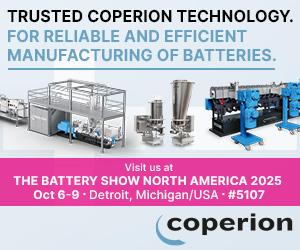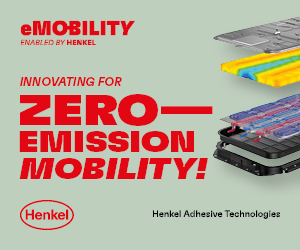acp systems automates jelly roll production in Germany
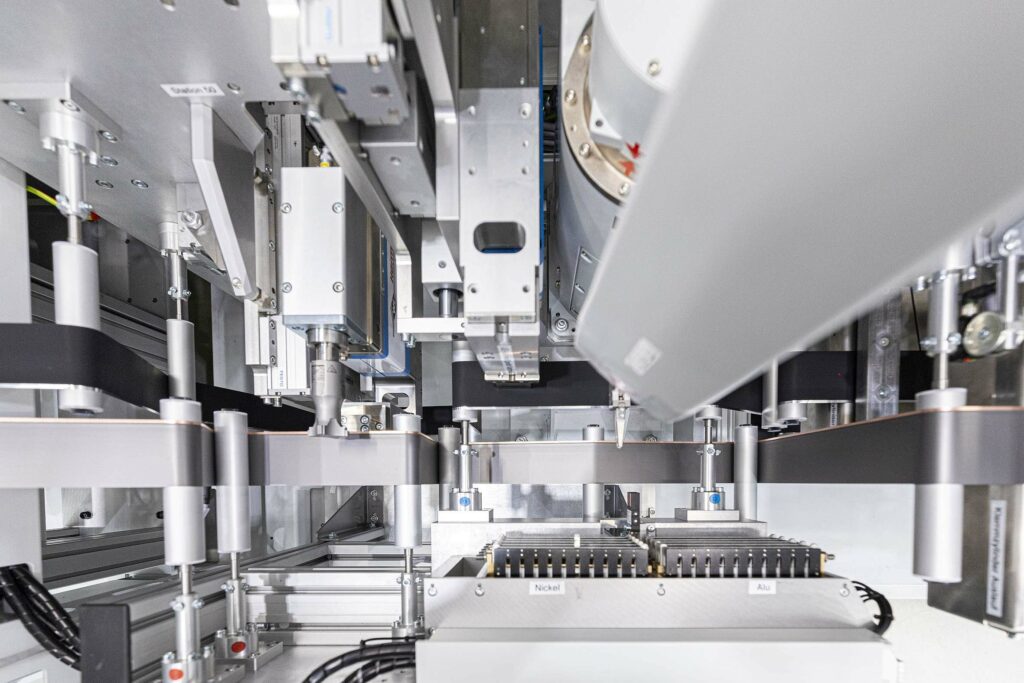
(Image courtesy of acp systems)
To reduce reject rates, improve quality and develop innovative designs, an automated and digitised production line for cylindrical battery cells has been developed at the Center for Digitalized Battery Cell Manufacturing (ZDB) at Fraunhofer IPA in Germany.
A core element is acp systems’ automated, highly flexible and digitised winding system for making jelly rolls in a range of formats and designs.
“We felt that by automating, digitising and networking the entire value chain in production, individual processes can be optimised, and rejects can be identified earlier and more effectively using feedback and sensor information. This improves the quality of the cells and cuts costs significantly,” says Prof Kai Peter Birke, director of battery and hydrogen systems and storage technologies at Fraunhofer IPA.
A complete, digitised and networked production line for manufacturing cylindrical cells for lithium-ion and sodium-ion batteries has been developed at the ZDB. The line not only enables production processes to be optimised for existing cell formats and adapted for new ones up to 46xx, but also allows corresponding prototypes to be manufactured in a small series of up to 1,000 units.
One requirement of the acp system was that the machine had to be able to wind jelly rolls for both very large and very small battery cells. In addition, the machine had to be able to integrate various solutions for inline contacting/current collection (tabs), with welded tabs as well as a tabless notched design (with laser notches) and tabless continuous design (without laser notches).
The machine also had to include different options for testing the quality of the jelly rolls and to be able to process all common materials used in the manufacture of high-performance, round cells.
The result was a modular system with four stations. It also offers advantages when it comes to the mass production of cylindrical battery cells. It can be used to make coils with a diameter up to 60 mm and a maximum length of 110 mm. Winding speeds of up to 2.5 m/s can be achieved.
Click here to read the latest issue of E-Mobility Engineering.
ONLINE PARTNERS







